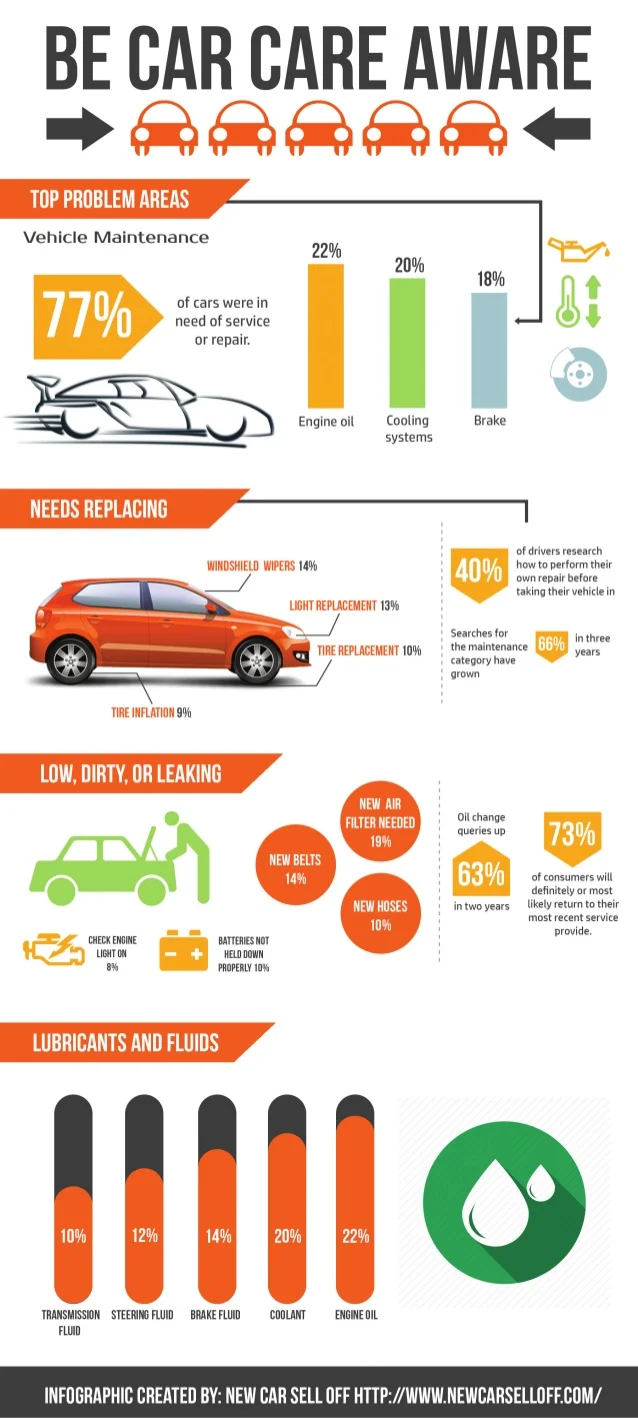Interpreting Your Auto'S Alert Lights: Their True Effects
Interpreting Your Auto'S Alert Lights: Their True Effects
Blog Article
Web Content Author-Hartley Gilbert
When you're behind the wheel, those glowing caution lights on your dashboard can be a little bit difficult. Do you understand what they're attempting to inform you concerning your vehicle's health and wellness? Comprehending the significance of these lights is vital for your safety and security and the durability of your lorry. So, the following time among those lights appears, wouldn't you wish to understand its message properly and take the essential actions to address it?
Common Caution Lights and Interpretations
Identify typical caution lights in your automobile and comprehend their definitions to make sure risk-free driving.
One of the most normal warning lights include the check engine light, which signals issues with the engine or emissions system. If this light begins, it's critical to have your car examined immediately.
The oil stress cautioning light suggests reduced oil stress, needing immediate focus to avoid engine damage.
A blinking battery light may suggest a malfunctioning charging system, possibly leaving you stranded if not dealt with.
The tire stress tracking system (TPMS) light notifies you to reduced tire stress, impacting lorry stability and fuel efficiency. Ignoring this could result in risky driving problems.
The abdominal light suggests a problem with the anti-lock stopping system, endangering your ability to quit swiftly in emergency situations.
Finally, the coolant temperature level cautioning light warns of engine overheating, which can lead to serious damages if not fixed promptly.
Understanding these typical caution lights will assist you deal with issues immediately and maintain risk-free driving conditions.
Value of Prompt Interest
Comprehending the usual caution lights in your vehicle is only the very first step; the relevance of promptly addressing these cautions can't be highlighted enough to ensure your safety when driving.
When a warning light brightens on your control panel, it's your car's method of communicating a prospective issue that needs attention. Ignoring these cautions can result in more extreme troubles later on, endangering your safety and security and potentially costing you more in repairs.
Prompt focus to warning lights can protect against failures and crashes. For instance, a blinking check engine light can show a misfire that, if left ignored, might cause damage to the catalytic converter. Resolving just click the next website page can save you from a pricey repair work.
Similarly, a brake system alerting light could indicate low brake fluid or used brake pads, important parts for your security when driving.
Do It Yourself Troubleshooting Tips
If you observe a caution light on your control panel, there are a couple of DIY troubleshooting suggestions you can try before looking for professional help.
The very first step is to consult your automobile's manual to recognize what the certain caution light indicates. Sometimes the concern can be as basic as a loose gas cap triggering the check engine light. Tightening the gas cap might settle the issue.
Read the Full Content is a reduced battery, which can set off numerous alerting lights. Inspecting the battery links for corrosion and ensuring they're safe and secure might fix the issue.
If a warning light persists, you can try resetting it by separating the vehicle's battery for a few minutes and afterwards reconnecting it. In addition, checking your vehicle's liquid levels, such as oil, coolant, and brake liquid, can aid fix cautioning lights related to these systems.
Verdict
To conclude, understanding your automobile's warning lights is essential for keeping your automobile running efficiently and securely. By without delay resolving these informs and understanding what they indicate, you can prevent pricey repairs and possible breakdowns.
Keep in mind to consult your vehicle's handbook for certain information on each alerting light and do something about it as necessary to guarantee a trouble-free driving experience.
Keep informed, remain risk-free on the road!
